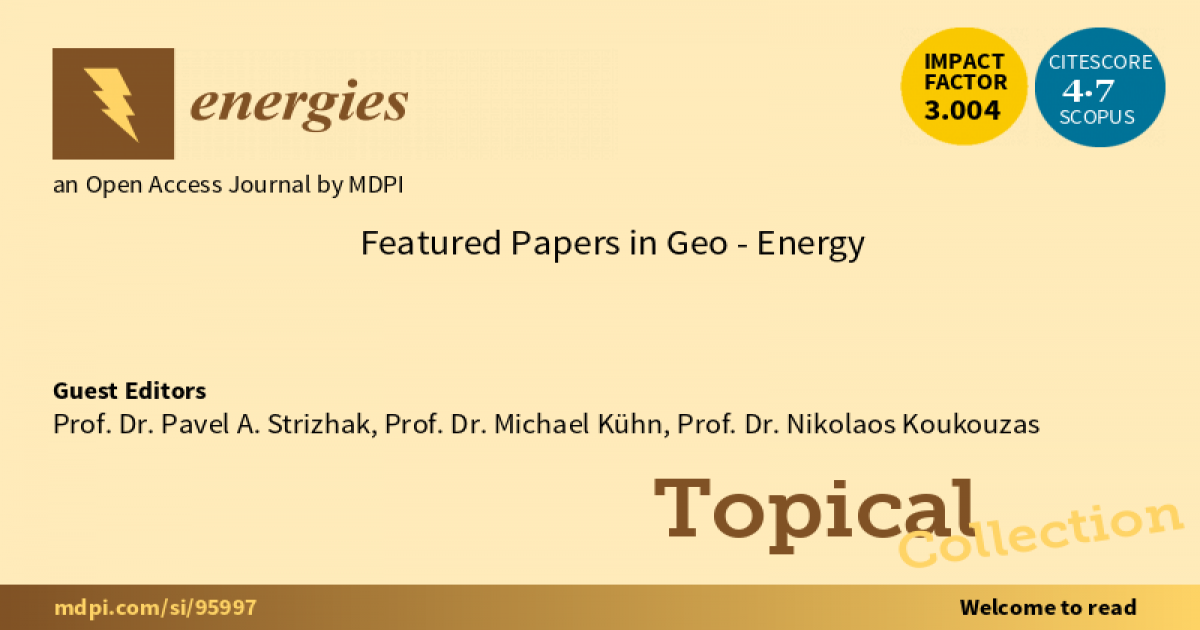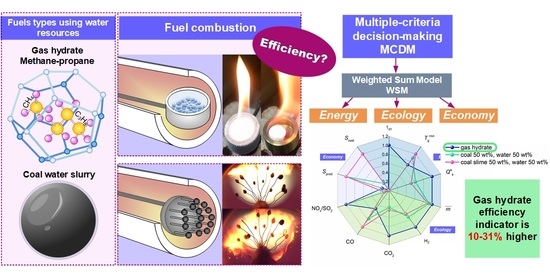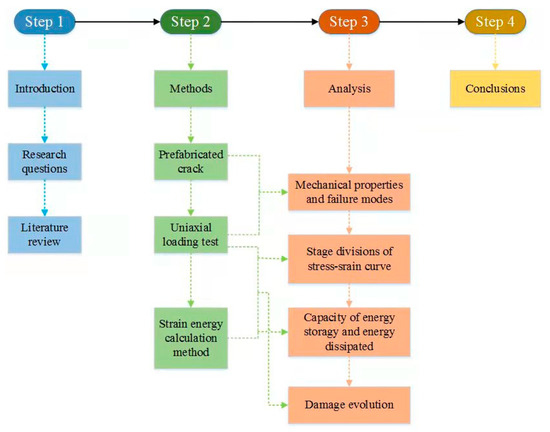Featured Papers in Geo-Energy
A topical collection in Energies (ISSN 1996-1073). This collection belongs to the section "H: Geo-Energy".
Viewed by 3272
Editors
Interests: energy; fuels; ignition; combustion chemistry; environmental performance; gas emissions; waste-derived fuels; coal–water slurry; waste to energy; thermal engineering; mathematical modeling; heat and mass transfer
Special Issues, Collections and Topics in MDPI journals
Interests: geochemical water–rock interactions; coupled simulation of flow, heat, transport, chemical reactions, and deformation; CO2 storage in geological reservoirs; energy production from hydrogeothermal reservoirs; formation of ore deposits
Interests: energy storage and policy; hydrogen; carbon capture and stotage; geo-engineering; hydro-pump energy storage; nanomaterials; land reclamation; ultramafic rocks petrology; industrial minerals; critical raw materials
Special Issues, Collections and Topics in MDPI journals
Topical Collection Information
Dear Colleagues,
The demands to utilize the geological subsurface are increasing. In addition to traditional production of raw materials or groundwater extraction for drinking water supply, the subsurface will most likely also be used to implement policy objectives in the context of transition energy policies to renewables and georesources. These include, e.g., the use of geothermal energy, storage of energy from renewable sources, and possibly long-term storage of CO2 to reduce the release of greenhouse gases into the atmosphere. This Special Issue aims to answer the question of which contribution can be expected from the geological subsurface. The collection is focused on bringing together innovative developments, technologies, and solutions in the field of geoenergy for reservoir characterization, geomechanics, sequestration of carbon dioxide, geothermal, petroleum, coal, and natural gas.
Prof. Dr. Pavel A. Strizhak
Prof. Dr. Michael Kühn
Prof. Dr. Nikolaos Koukouzas
Collection Editors
Manuscript Submission Information
Manuscripts should be submitted online at www.mdpi.com by registering and logging in to this website. Once you are registered, click here to go to the submission form. Manuscripts can be submitted until the deadline. All submissions that pass pre-check are peer-reviewed. Accepted papers will be published continuously in the journal (as soon as accepted) and will be listed together on the collection website. Research articles, review articles as well as short communications are invited. For planned papers, a title and short abstract (about 100 words) can be sent to the Editorial Office for announcement on this website.
Submitted manuscripts should not have been published previously, nor be under consideration for publication elsewhere (except conference proceedings papers). All manuscripts are thoroughly refereed through a single-blind peer-review process. A guide for authors and other relevant information for submission of manuscripts is available on the Instructions for Authors page. Energies is an international peer-reviewed open access semimonthly journal published by MDPI.
Please visit the Instructions for Authors page before submitting a manuscript. The Article Processing Charge (APC) for publication in this open access journal is 2600 CHF (Swiss Francs). Submitted papers should be well formatted and use good English. Authors may use MDPI's English editing service prior to publication or during author revisions.
Keywords
- reservoir characterization and modeling
- geomechanics for energy and the environment
- sequestration of carbon dioxide
- geothermal energy extraction
- petroleum exploration and production
- energy from coal formations
- hydrogen storage









